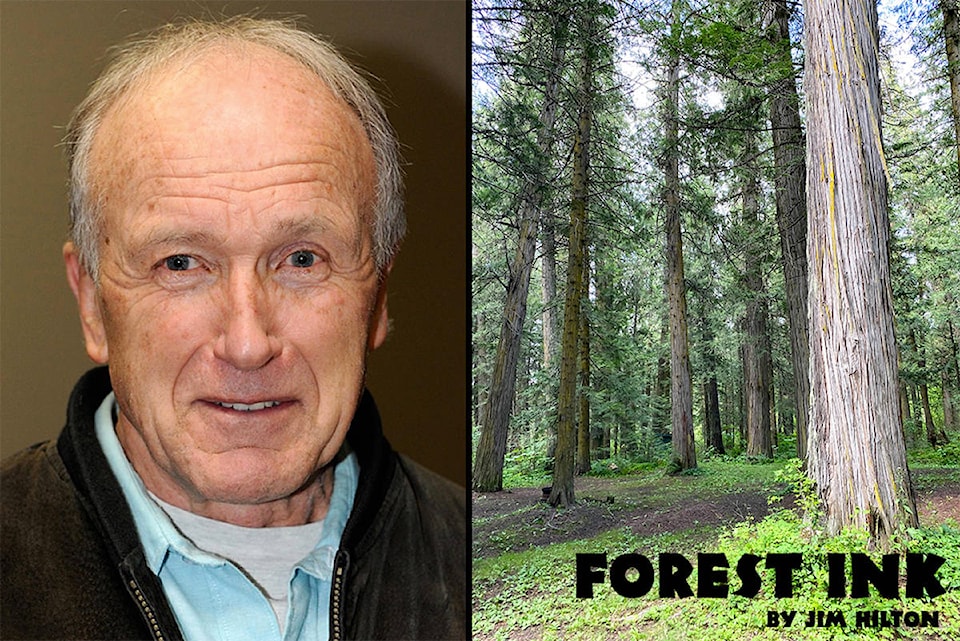Now that we are hopefully over the heat wave I have been documenting the impacts on the plants around my property. Most notable is the death and reduced growth on some of my garden plants relative to a few native or hybrid species that did not have additional water during the hot periods.
Factors which seem to have made a difference include shade, soil type and condition, root development and as always “luck.” Between my wife and myself we have a variety of sites including shaded, some sun and mostly exposed, with or without additional water sources.
Some plants suffered from loss of leaves and wilting and others died to the heat. I was trying to use only water collected from roofs which turned out to be insufficient for this particularly hot period. In a few cases I was able to bring plants back with well water but most of my established raspberry plants were severely impacted due to a combination of shading and soil differences.
What was most notable was the relatively good condition of a wild raspberry patch adjacent to a logging road a few kilometres from my house. The plants did have partial shade and the benefit of logging debris but certainly did not have any additional water sources besides the rain. The berry crop and condition of the plants was as good or much better than most of my plants that had mulch and additional water.
READ MORE: Crows benefitting from Williams Lake woman’s sprinkler during heat wave
Another example was the abundant growth of some hybrid poplar trees growing on the road right of way near our entrance. My wife planted these trees over two decades ago and they have since been reduced to suckers since the mature trees were impacted by disease and wood pecker attacks.
The suckers came from the stumps of the mature trees and is called Coppicing. According to the literature the resulting wood is called a “copse” and when young tree stems are repeatedly cut down to near ground level results in a “stool.” New growth emerges, and after a number of years, the coppiced tree is harvested, and the cycle begins anew.
When I got my electric chipper this spring I cut the regrowth to the ground and made some excellent branch wood chips. The largest main stem produced the longest and most suckers but some patches also sprouted some distance from the main stem. After about three months of growth, many suckers are over seven feet tall with no apparent leaf stress due to the heat. I did notice the lower stems are infested with aphids and small black ants.
These deciduous trees may be short lived (as a large single stem) relative to many coniferous trees but have an incredible ability to spread from the initial parent plant when cut down. This amazing growth creates a lot of conflict with forest operations that are attempting to establish the more commercial coniferous crops like pine, spruce and Douglas fir trees.
One of the challenges is to take advantage of this growth and develop systems and end product uses for this material, like branch wood chips as a soil amendment.
READ MORE:Important factors for making branch wood chips
Control of deciduous trees along hydro right-of-ways is also an ongoing problem. I will look at some options that have been tried in a future article.
Jim Hilton is a professional agrologist and forester who has lived and worked in the Cariboo Chilcotin for the past 40 years. Now retired, Hilton still volunteers his skills with local community forests organizations.
Like us on Facebook and follow us on Twitter.
